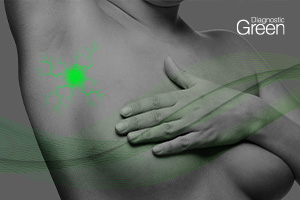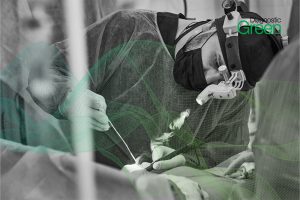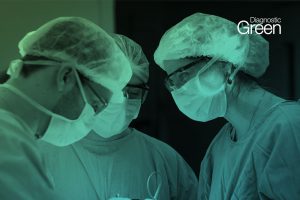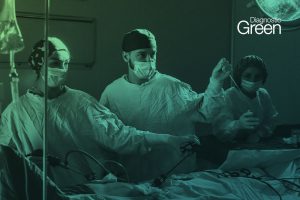To determine the efficacy of a surgical training model for fluorescence‐guided cancer surgery and validate its utility to detect any residual tumors after tumor resection using electrocautery. We developed surgical training models containing indocyanine green (ICG) for near‐infrared (NIR) fluorescence imaging using a root vegetable organic material (konjac). After the fluorescence assessment for the models, the surgical simulation for fluorescence‐guided cancer surgery using electrocautery was performed. ICG‐containing tumors were divided into two surgical groups: “Enucleation” (removal of the entire visible tumor) and “Complete resection” (removal of the tumor with an appropriate 5‐mm surgical margin).
All 12 ICG‐containing tumors were clearly visible from the normal view but not from the flipped view. The tumorresection time was significantly longer in the “Complete resection” group than in the “Enucleation” group (p < .001). The ICG‐containing tumors showed a high tumor‐to background ratio from the normal (average = 45.8) and flipped (average = 19.2) views, indicating that the models including ICG‐containing tumors were useful for a surgical simulation in fluorescence‐guided surgery. The average mean fluorescence intensity of the wound bed was significantly higher in the “Enucleation” group than in the “Complete resection” group (p < .01). No decrease in fluorescence signal was found in the wound bed even at 2 days postresection.
Our surgical training model containing a fluorescent agent is safe, inexpensive, not harmful for humans, and easy to dispose after use. Our model would be beneficial for surgeons to learn NIR fluorescence imaging and to accelerate fluorescence‐guided cancer surgery into clinical application.




